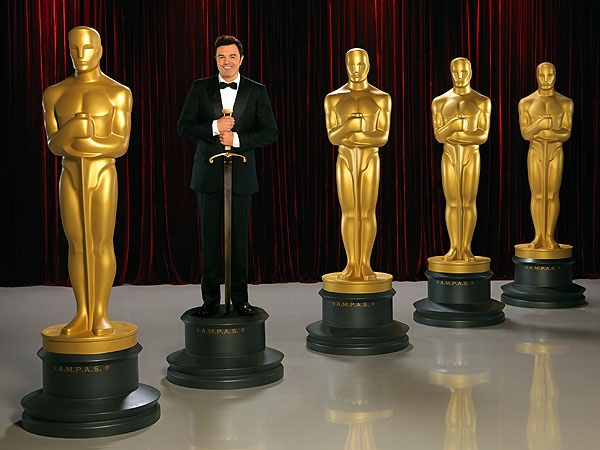NEW YORK (Reuters) - U.S. stocks rose on Friday as Dow component Hewlett-Packard surged on strong results and comments from Fed officials allayed fears that the central bank would curtail its stimulus measures.
Federal Reserve Chairman Ben Bernanke downplayed worries that the Fed has fueled asset bubbles that could hurt the economy in a private meeting with bond dealers and investors earlier this month, Bloomberg reported on Friday.
Bernanke's view helped ease fears that the central bank may end its easy money policies. Minutes from the Federal Reserve's January meeting hit markets on Wednesday as investors interpreted divergent opinions on the benefit of stimulus as a sign the measures may be halted sooner than thought.
"They are in uncharted territory with divergent views," said Jack Ablin, chief investment officer at BMO Private Bank in Chicago. "I could see some pretty heated opinions on what the ultimate outcome is, so I do believe there is dissension."
Hewlett-Packard Co shares jumped more than 12 percent and gave one of the biggest boosts to both the Dow and the S&P 500 after the personal computer maker's quarterly revenue and forecasts beat expectations. Hewlett-Packard's stock rose to $19.20 at the close, up 12.3 percent for the day.
The Dow Jones industrial average <.dji> gained 119.95 points, or 0.86 percent, to 14,000.57 at the close. The Standard & Poor's 500 Index <.spx> rose 13.18 points, or 0.88 percent, to 1,515.60. The Nasdaq Composite Index <.ixic> added 30.33 points, or 0.97 percent, to end at 3,161.82.
With Bernanke's reported comments much on their minds in Friday's session, investors will want the Fed chairman to reiterate his remarks publicly when he speaks before the Senate Banking Committee on Tuesday. That would echo comments made by two top Fed officials on Friday.
Boston Fed President Eric Rosengren and Fed Governor Jerome Powell both defended the U.S. central bank's asset-buying program, arguing that the policy helps the U.S. economy.
The S&P 500 shed 1.9 percent over the previous two sessions, its worst two-day drop since early November, following the release of the Fed's minutes on Wednesday. The selloff marked the end of seven back-to-back weeks of gains for stocks.
For the week, the S&P 500 slipped 0.3 percent and the Nasdaq lost nearly 1 percent. Only the Dow ended the week with a gain - up just 0.1 percent.
HP's results come near the end of a relatively strong earnings season in which 70 percent of S&P 500 companies beat analysts' expectations, compared with a 62 percent average since 1994 and 65 percent over the past four quarters, according to Thomson Reuters data.
"Overall, the earnings supports were better than expected in this cycle," said Peter Jankovskis, co-chief investment officer at OakBrook Investments LLC in Lisle, Illinois. "We may see the market rising during the month of March."
Fourth-quarter earnings for S&P 500 companies are estimated to have risen 6 percent, according to the data, above a 1.9 percent forecast at the start of the earnings season.
But with only a handful of companies left to report earnings, investors are looking ahead to the possibility of hefty automatic budget cuts that could happen on March 1.
A large option investor appeared to be adjusting a bearish view on the SPDR S&P 500 Trust fund while locking in previously established gains, in a possible hedge ahead of the automatic budget cuts that are set to take effect at the beginning of next month. The play involved weekly puts, expiring next Friday.
"An institutional investor appears to be rolling down and increasing in size a defensive hedge timed to match the March 1 deadline for the sequester," said Henry Schwartz, president of options analytics firm Trade Alert.
The trader sold 132,000 $149 to $150 weekly put spreads for 22 cents as shares of the exchange-traded fund had traded near $151.14 on Friday morning. The transaction entailed the sale of $150 weekly puts to buy the $149 weekly puts. In addition, the investor purchased another 42,000 $149 weekly puts, which increases the size of the hedge to 174,000 contracts.
"It is likely this large position protects an existing underlying long position in a portfolio," Schwartz said.
In another political risk factor, Italians go to the polls this weekend in an election that could threaten reforms in the indebted country. Silvio Berlusconi's resurgence has thrown the vote wide open, with deep uncertainty over whether the poll can produce the strong government the country needs.
Inconclusive Greek elections last year sparked a protracted selloff and a period of uncertainty in markets.
In the tech sector, Marvell Technology Group Ltd forecast results this quarter that were largely above analysts' expectations. Marvell gained market share in the hard-disk drive and flash-storage businesses. The stock rose 4.4 percent to $9.89.
Texas Instruments Inc raised its dividend by a third and boosted its stock-buyback program, driving its stock up 5.2 percent to $34.18.
The PHLX semiconductor index <.sox> gained 2.1 percent.
"Dividends growing are another way the market's level is justified, if not especially attractive at these levels," said Rex Macey, chief investment officer of Wilmington Trust in Atlanta, who manages about $20 billion in assets.
On the downside, Abercrombie & Fitch dropped 4.5 percent to $46.86 after the youth-oriented clothing retailer reported a drop in fourth-quarter comparable sales, even as its latest quarterly earnings topped estimates.
Insurer American International Group Inc posted fourth-quarter results that beat analysts' expectations. AIG's stock advanced 3.1 percent to $38.45.
About three stocks rose for every one that fell on both the New York Stock Exchange and Nasdaq.
Around 5.8 billion shares changed hands on the New York Stock Exchange, the Nasdaq and NYSE MKT, below the 20-day moving average of around 6.51 billion shares.
(Additional Reporting by Ryan Vlastelica and Doris Frankel; Editing by Kenneth Barry and Jan Paschal)












